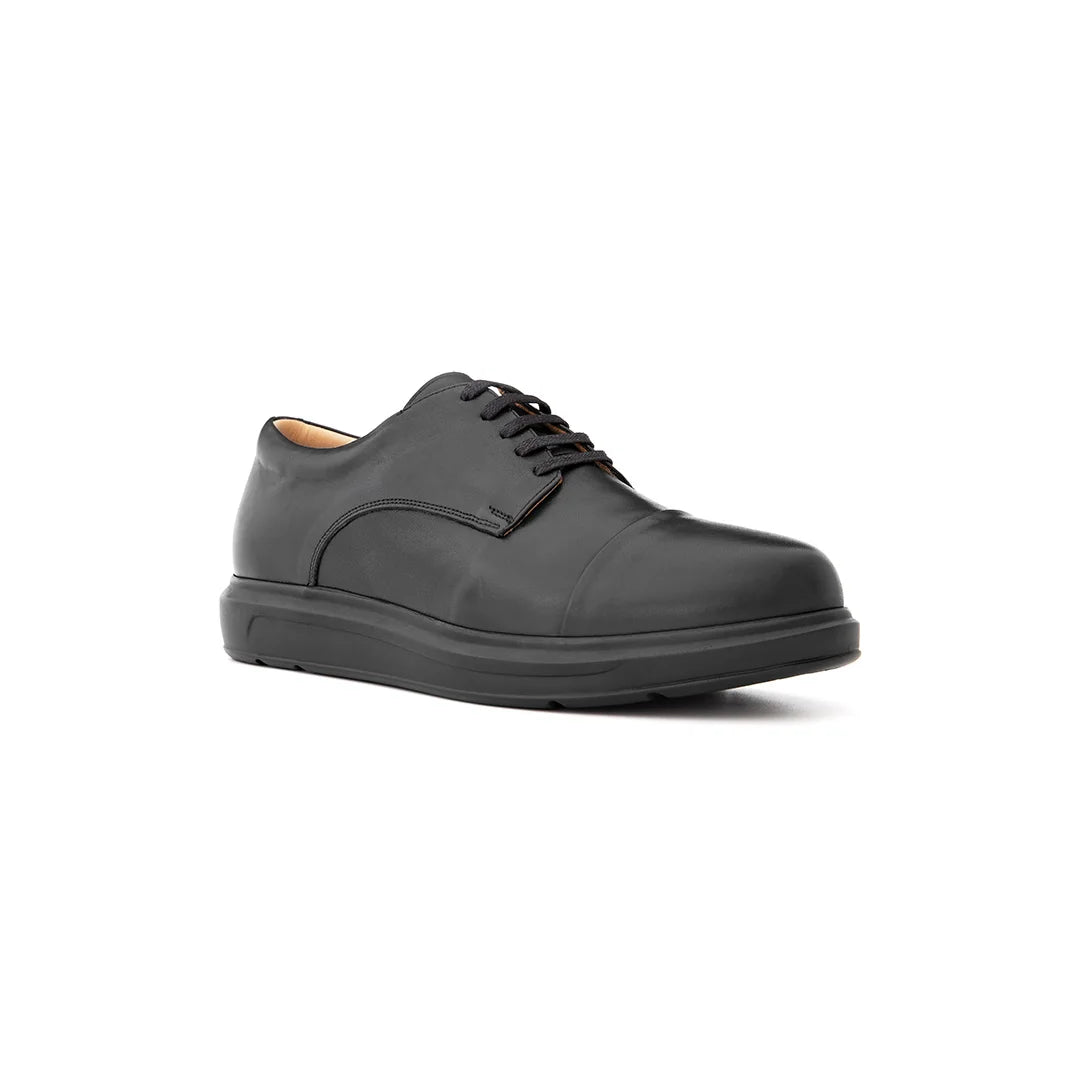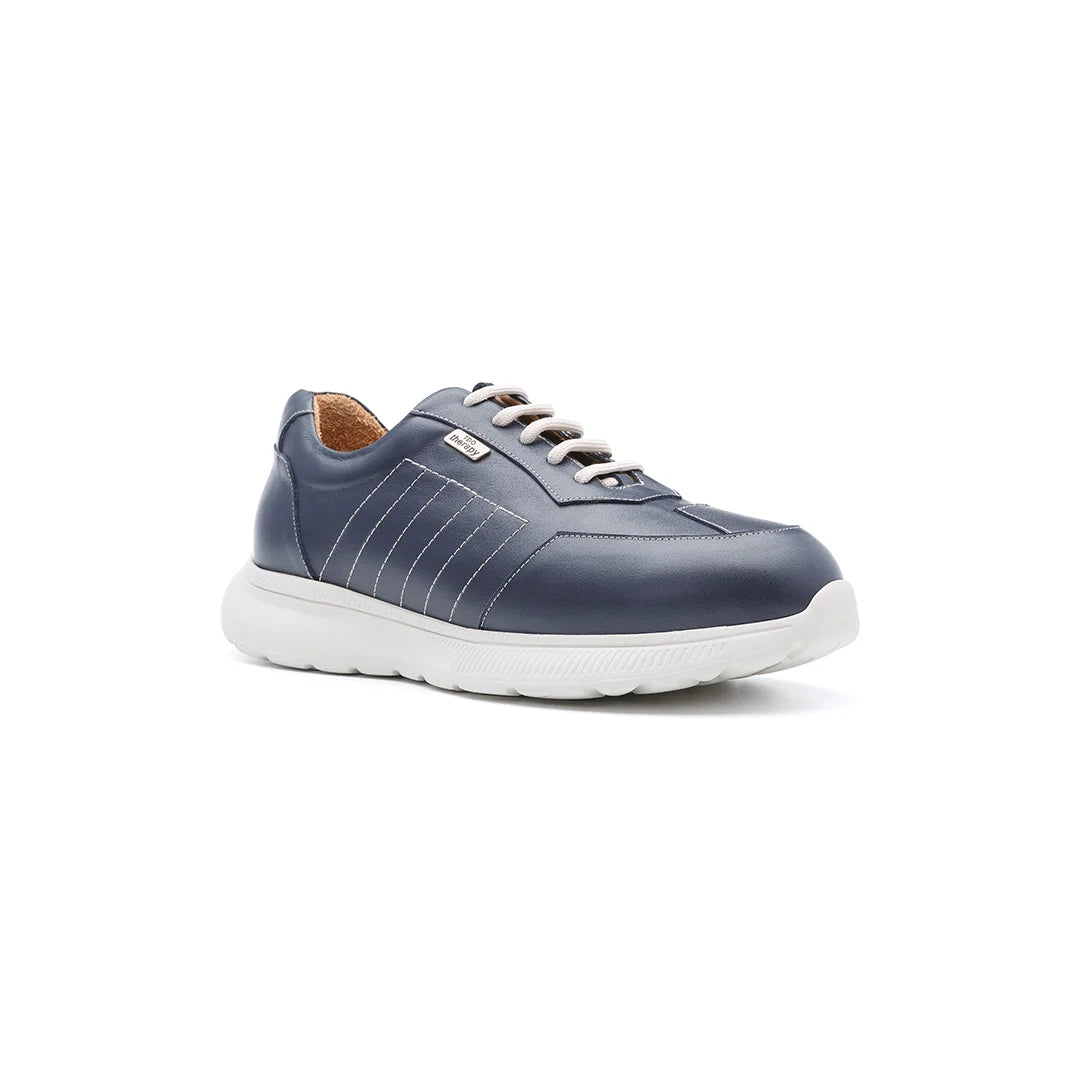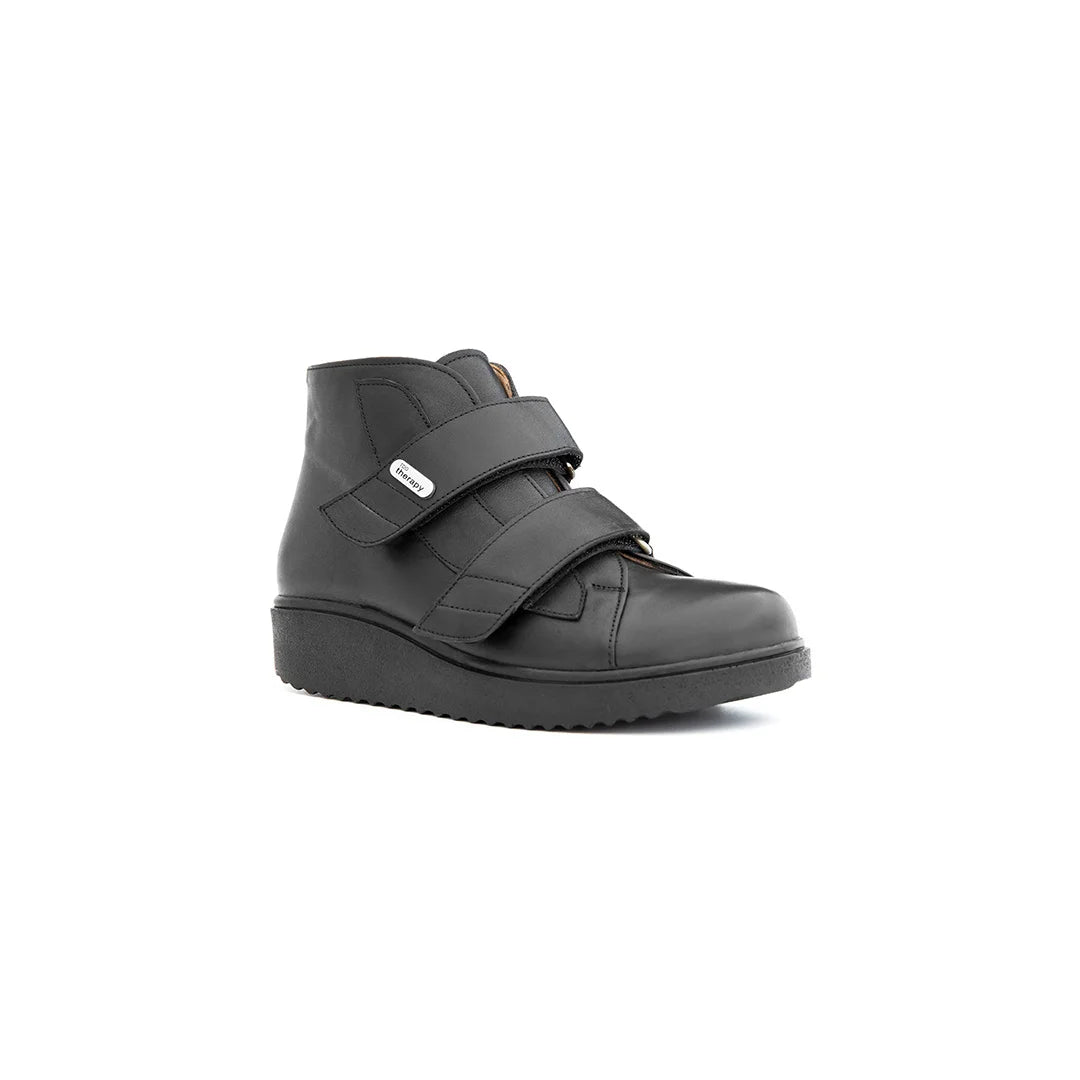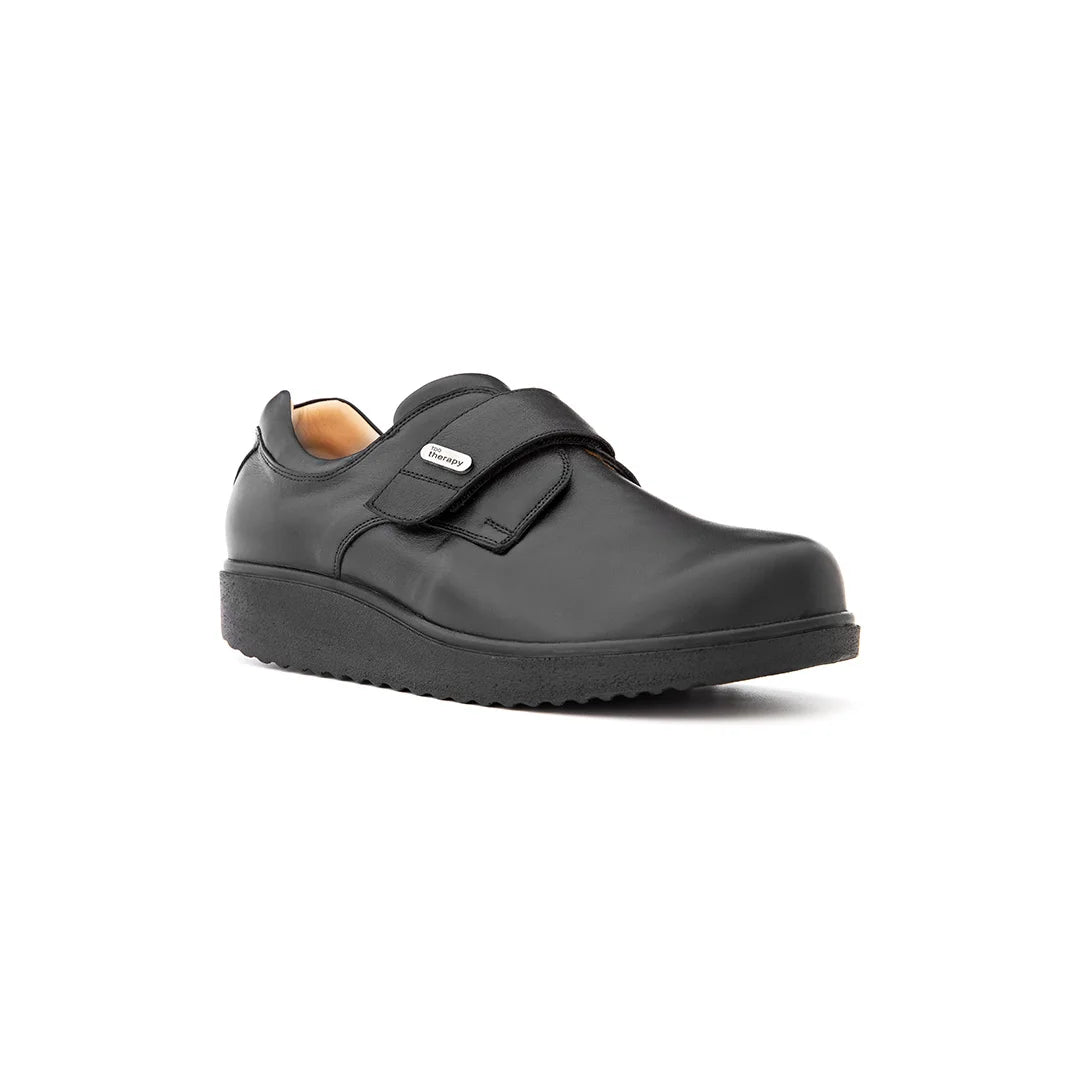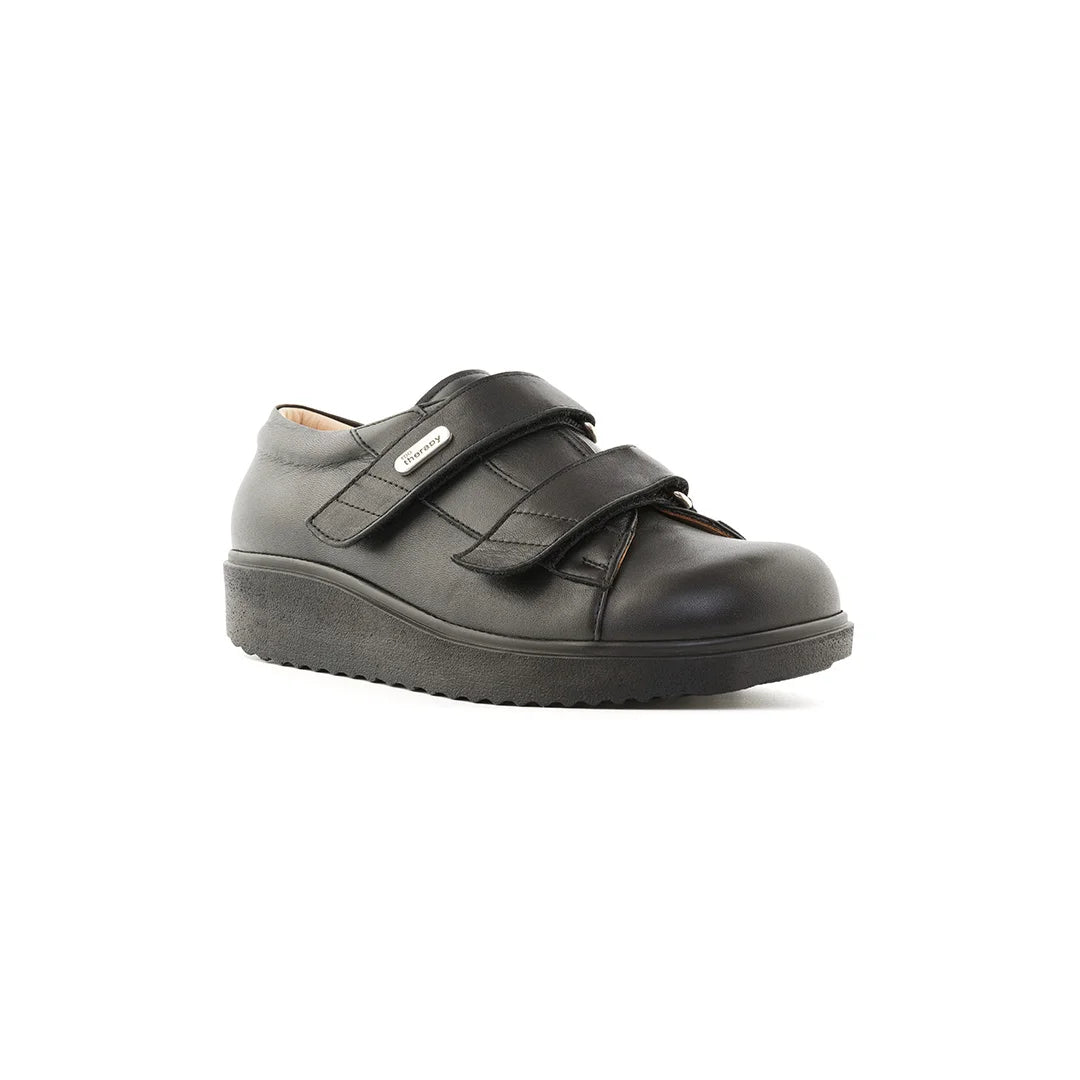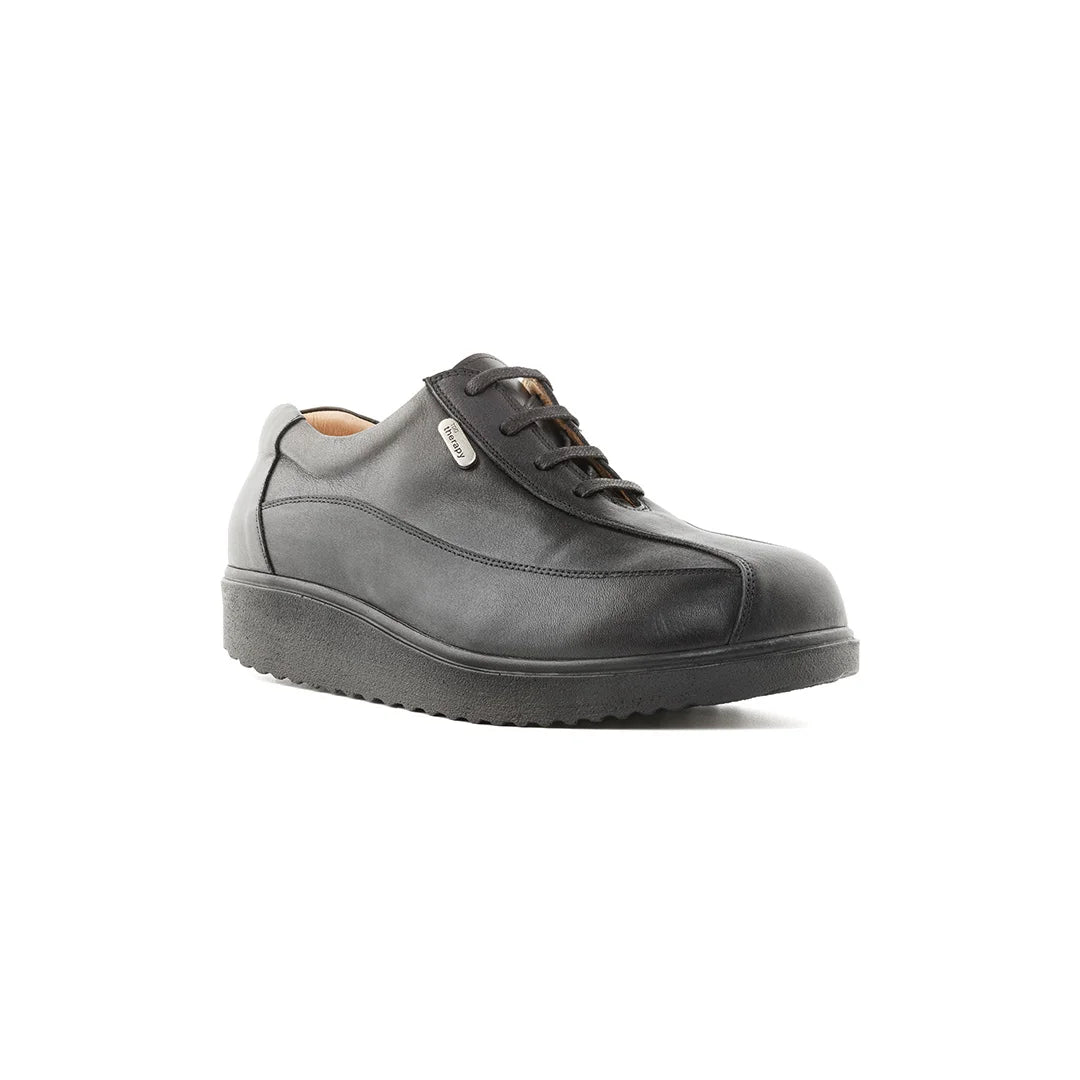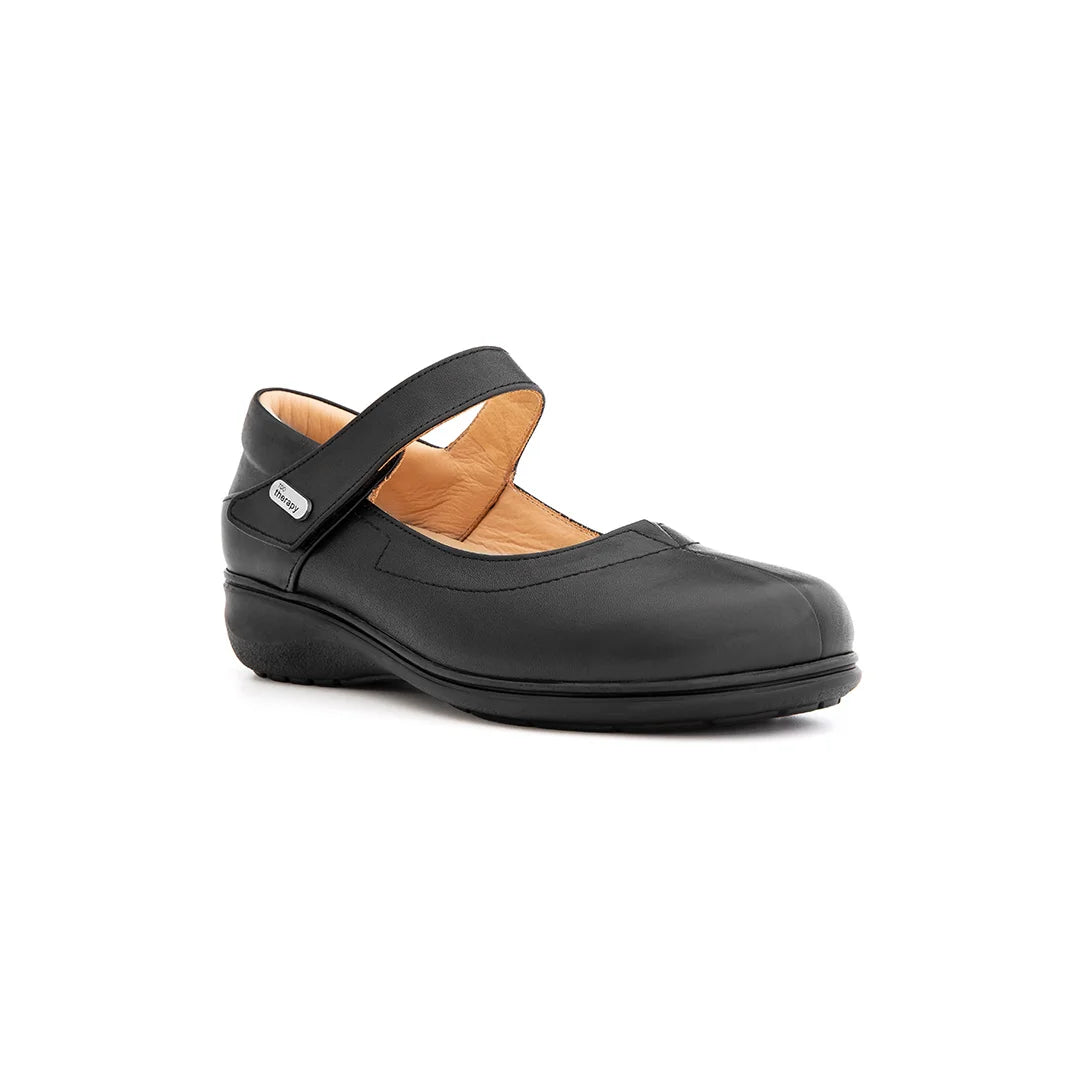Having hammer toes can be a real pain, literally. It's when your toe joints bend in a weird way, making it super hard to find shoes that fit right. You might end up squishing your feet into uncomfortable footwear, which only makes things worse. But don't worry, finding the right shoes can make a big difference. This guide will help you pick out shoes for hammer toes that actually feel good and help your feet stay healthier.
Key Takeaways
- Look for shoes with a wide toe box to give your toes plenty of room.
- Extra depth in the shoe can help stop pressure on bent toes.
- Soft, flexible materials are best to avoid rubbing and irritation.
- Always measure your feet properly and try shoes on before buying them.
- Consider British brands like Cosyfeet, ShoeMed, and FitVille for specialist footwear.
Understanding Hammer Toes and Footwear
What Exactly Are Hammer Toes?
Right, let's get down to it. Hammer toes aren't about wielding a hammer with your feet, sadly. It's a condition where one or more of your toes develop an unnatural bend at the middle joint. Imagine your toe permanently stuck in a claw-like position – not ideal, is it? This bend can make walking uncomfortable, and finding shoes that fit properly becomes a proper challenge. It's more common than you might think, and it can affect any toe, though it often crops up in the smaller ones.
The Impact of Ill-Fitting Shoes on Hammer Toes
Wearing the wrong shoes can really mess things up if you've got hammer toes. Shoes that are too tight, too narrow, or have high heels force your toes into cramped positions, making the hammer toe bend worse. Think about it: your toes are already struggling, and then you shove them into a shoe that's basically a torture chamber. This can lead to increased pain, inflammation, and even the development of corns and calluses on the affected toes. It's a vicious cycle, really. We need to break it!
Why Proper Footwear is Crucial for Hammer Toes
Choosing the right footwear is absolutely vital when you're dealing with hammer toes. It's not just about comfort; it's about preventing the condition from getting worse and relieving pain.
- Proper shoes provide enough space for your toes to lie flat.
- They reduce pressure on the bent joints.
- They can accommodate orthotics or inserts that support your foot's natural alignment.
Think of your shoes as a supportive hug for your feet, not a restrictive cage. Investing in good footwear is an investment in your long-term foot health and overall well-being. It can make a world of difference in your daily life, allowing you to walk, stand, and move without constant pain and discomfort.
Key Features of Shoes for Hammer Toes
When it comes to finding the right shoes for hammer toes, there are a few things we really need to keep in mind. It's not just about style; it's about comfort and preventing further problems. Let's have a look at the key features that make a shoe suitable for those of us dealing with hammer toes.
The Importance of a Wide Toe Box
First off, a wide toe box is essential. It gives your toes room to breathe and prevents them from being squashed together. Shoes with a narrow toe box can make hammer toes much worse, causing more pain and discomfort. We need space for our toes to sit naturally, without being forced into an unnatural position. Think of it as giving your toes their own little apartments, rather than cramming them into a tiny bedsit.
Considering Extra Depth for Comfort
Extra depth in a shoe can make a world of difference. It provides vertical space, which is especially helpful if your hammer toes cause your toes to point upwards. This extra room reduces pressure on the tops of your toes, preventing rubbing and irritation. It's like having a high-ceilinged room – much more comfortable than feeling cramped.
Flexible Materials for Sensitive Toes
Finally, the materials used in the shoe are important. We want something flexible and forgiving, especially around the toe area. Stiff materials can dig into your toes, causing blisters and pain. Soft leather or stretchy fabrics are ideal, as they can accommodate the shape of your foot without putting pressure on your hammer toes. Think of it as a gentle hug for your feet, rather than a rigid handshake.
Choosing the right shoes can really improve our daily lives. It's about finding that balance between support, comfort, and style. By focusing on these key features, we can make sure our feet are happy and healthy, even with hammer toes.
Finding the Right Fit for Hammer Toes
Finding shoes that actually fit when you've got hammer toes can feel like a proper mission, can't it? It's not just about the length; it's about the shape, the depth, and how the shoe interacts with your poor, bent toes. We've all been there, squeezing our feet into shoes that look great but feel awful. Let's look at how to get it right.
Measuring Your Feet Accurately
First things first, ditch the idea that you know your shoe size. Seriously. Our feet change over time, and those old measurements are probably way off. Get your feet measured properly, and do it regularly.
- Use a Brannock device if you can find one (most shoe shops have them).
- Measure both feet – one is often slightly bigger than the other.
- Measure at the end of the day, when your feet are at their largest.
It's easy to think you can just guess your size, but trust us, a proper measurement makes a world of difference. Don't rely on your memory or what you think you know. Get the facts, and your feet will thank you for it.
Trying Shoes On for Optimal Comfort
Trying shoes on might seem obvious, but there's a right way and a wrong way. Don't just slip them on and walk around the shop for a minute. Really test them out.
- Wear the socks you'd normally wear with the shoes.
- Walk around for a good few minutes, paying attention to any pressure points.
- Make sure there's enough room to wiggle your toes.
Seeking Professional Fitting Advice
Sometimes, you just need an expert. A professional shoe fitter can assess your feet, understand your specific needs, and recommend shoes that are perfect for you. They can also offer advice on things like orthotics and insoles.
- Look for a fitter who specialises in problem feet.
- Be prepared to answer questions about your lifestyle and activities.
- Don't be afraid to ask questions yourself – they're there to help!
Recommended Shoe Styles for Hammer Toes

Finding the right shoes when you've got hammer toes can feel like a proper mission, can't it? But don't worry, there are loads of options out there that can keep your feet comfy and supported. It's all about knowing what to look for. Let's have a look at some styles that might just do the trick.
Supportive Sandals for Summer
When the sun's out, sandals are a must, but not just any old pair will do. We need to think about support and space. Look for sandals with:
- Adjustable straps: These are brilliant because you can tweak the fit to avoid putting pressure on your toes.
- Good arch support: This helps distribute your weight evenly, which can ease the strain on your toes.
- A roomy toe box: Essential for giving your hammer toes the wiggle room they need. Avoid anything too pointy!
A good tip is to try sandals with a closed-toe design if you want a bit more protection. There are some great options that still let your feet breathe but keep your toes safe from bumps and scrapes.
Comfortable Boots for Colder Weather
Boots can be a bit trickier, but with the right features, they can be a godsend in the colder months. Here's what we reckon:
- Soft, flexible leather: This will mould to the shape of your foot and minimise rubbing.
- Wide toe box: Again, this is key. Make sure your toes aren't squashed.
- Low heel: High heels are a no-go. A low, stable heel is much better for your feet.
Look for boots with a zip or lace-up fastening so you can adjust the fit.
Everyday Footwear for Hammer Toes
For everyday wear, we want something that's both comfy and practical. Here are a few ideas:
- Trainers with a wide fit: Loads of brands do trainers specifically for wider feet, which can be perfect for hammer toes.
- Slip-on shoes with elasticated panels: These can be great if you struggle with laces or buckles.
- Shoes with removable insoles: This means you can swap them out for orthotics if you need extra support.
| Feature | Benefit |
|---|---|
| Wide Toe Box | Prevents toes from being cramped, reducing pain and discomfort. |
| Flexible Upper | Allows the shoe to mould to the foot, minimising rubbing and pressure. |
| Good Arch Support | Distributes weight evenly, reducing strain on the toes. |
Beyond Shoes: Additional Support for Hammer Toes
Exploring Toe Tubes and Stretchers
Okay, so you've got the right shoes, but sometimes that's not quite enough, is it? That's where toe tubes and stretchers come in. Toe tubes are basically padded sleeves that you slip over the affected toe. They provide cushioning and can help reduce friction, especially if your hammer toe is rubbing against the top of your shoe. They're pretty cheap and easy to find in most pharmacies. Toe stretchers, on the other hand, are designed to gently realign the toe over time. You wear them for a set period each day, and they can help to ease the bend in the toe joint. It's not a quick fix, but some people find them really helpful.
The Role of Orthotics and Inserts
Orthotics and inserts can make a massive difference to your overall foot comfort, especially when you're dealing with hammer toes. They help to redistribute pressure across your foot, which can take some of the strain off your toes. You can get over-the-counter inserts, but for a more personalised solution, it's worth considering custom orthotics. A podiatrist can assess your feet and create orthotics that are specifically tailored to your needs. This can be particularly beneficial if you have other foot problems, like flat feet or high arches, that are contributing to your hammer toes.
Think of orthotics as a foundation for your feet. They provide support and stability, which can improve your posture and reduce pain not just in your feet, but also in your ankles, knees, and even your back. It's all connected, you see.
When to Seek Medical Advice for Hammer Toes
While good shoes and supportive measures can often manage hammer toes, there are times when you really should see a doctor. If you're experiencing severe pain that isn't relieved by over-the-counter treatments, or if your toe is becoming increasingly deformed, it's time to get professional advice. Other red flags include:
- Open sores or infections on your toe
- Numbness or tingling in your foot
- Difficulty walking or standing for extended periods
A podiatrist can properly assess your condition and recommend the best course of action, which might include medication, physical therapy, or, in some cases, surgery. Don't delay seeking help if you're concerned – the sooner you get it checked out, the better the outcome is likely to be.
Maintaining Foot Health with Hammer Toes

It's not just about finding the right shoes; it's about looking after your feet every day to manage hammer toes and prevent them from getting worse. We've found that a consistent routine makes a massive difference.
Daily Foot Care Practises
Looking after your feet daily is super important. Simple things can really help:
- Wash your feet daily with warm water and mild soap. Make sure you dry them thoroughly, especially between the toes, to prevent fungal infections.
- Moisturise your feet regularly, but avoid putting lotion between your toes, as this can create a damp environment that encourages bacteria.
- Check your feet daily for any blisters, cuts, or red areas. If you spot anything, treat it immediately to prevent infection.
We've found that a quick foot check each evening before bed is a great way to stay on top of things. It only takes a minute, and it can save you a lot of trouble down the line.
Preventing Further Toe Deformities
Preventing hammer toes from worsening is key. Here's what we recommend:
- Always wear shoes with enough room for your toes to move freely. Avoid pointy or tight shoes.
- Use toe separators or cushions to keep your toes aligned and prevent rubbing.
- Do regular foot exercises to strengthen your toe muscles. Simple stretches and toe curls can make a big difference.
The Long-Term Benefits of Appropriate Footwear
Choosing the right footwear isn't just a short-term fix; it's an investment in your long-term foot health. Appropriate footwear can:
- Reduce pain and discomfort associated with hammer toes.
- Prevent the progression of the deformity.
- Improve your overall mobility and quality of life.
- Reduce the risk of developing other foot problems, such as bunions or calluses.
We've seen first-hand how the right shoes can transform someone's life, allowing them to stay active and enjoy life without foot pain. It's worth taking the time to find what works for you!
Wrapping Things Up
So, there you have it. Finding the right shoes for hammer toes might seem a bit tricky at first, but it's totally doable. It's all about looking for those key features: plenty of room for your toes, soft materials, and good support. Don't just grab the first pair you see; take your time, try them on properly, and make sure they feel good. Your feet will definitely thank you for it in the long run. And remember, if things are really bothering you, a quick chat with a foot doctor is always a good idea.
Frequently Asked Questions
What exactly are hammer toes?
Hammer toes happen when a toe bends unnaturally at the middle joint, making it stick up like a hammer. This can make wearing normal shoes really uncomfortable and even painful.
Why is proper footwear so important for hammer toes?
Choosing the right shoes is super important for hammer toes. Shoes with plenty of room for your toes and soft materials can stop the problem from getting worse and make your feet feel much better.
What features should I look for in shoes for hammer toes?
Look for shoes with a wide toe box, meaning lots of space at the front for your toes to spread out. Extra depth is also good, and soft, flexible materials will prevent rubbing and pressure on sensitive areas.
Are there British shoe brands that cater to hammer toes?
Yes, several British brands specialise in footwear that's great for hammer toes. Cosyfeet offers wide and deep shoes, ShoeMed provides solutions for various foot issues, and FitVille focuses on foot-shaped designs for comfort.
What else can help with hammer toes besides special shoes?
Beyond special shoes, you can try things like toe tubes or stretchers to help straighten your toes. Orthotics or special insoles can also offer extra support. If the pain is bad, it's always best to see a doctor.
How can I look after my feet if I have hammer toes?
Regular foot care, like keeping your feet clean and moisturised, is important. Wearing the right shoes consistently can also help prevent your hammer toes from getting worse over time and improve your overall foot health.



